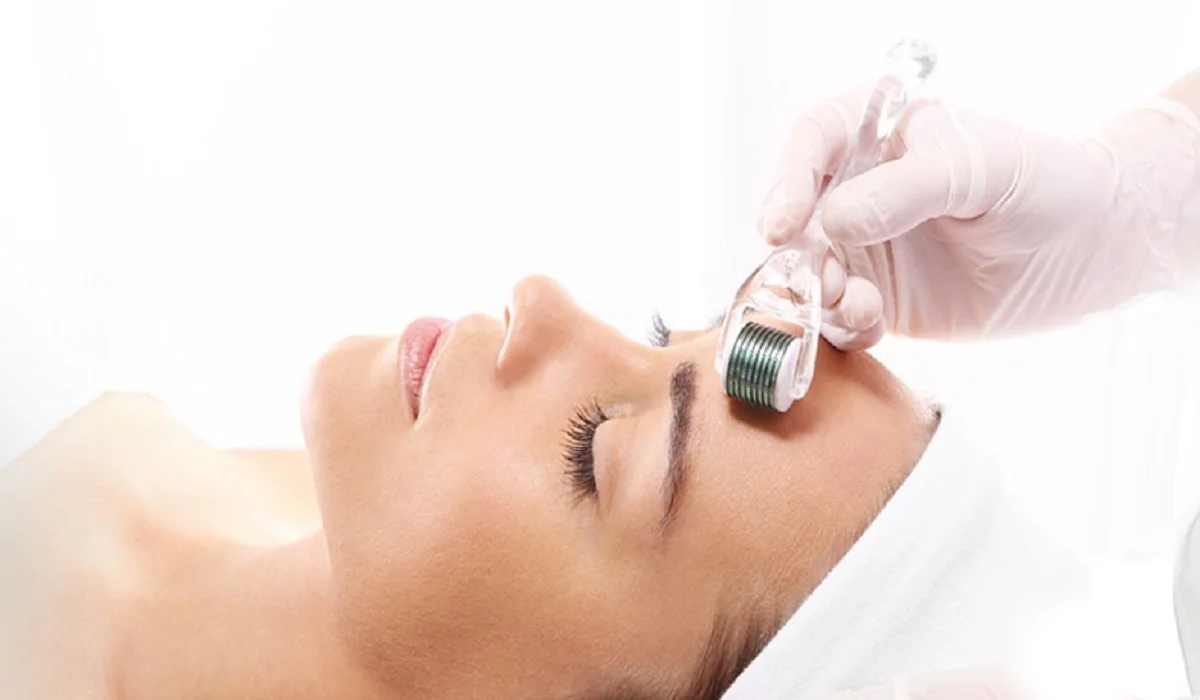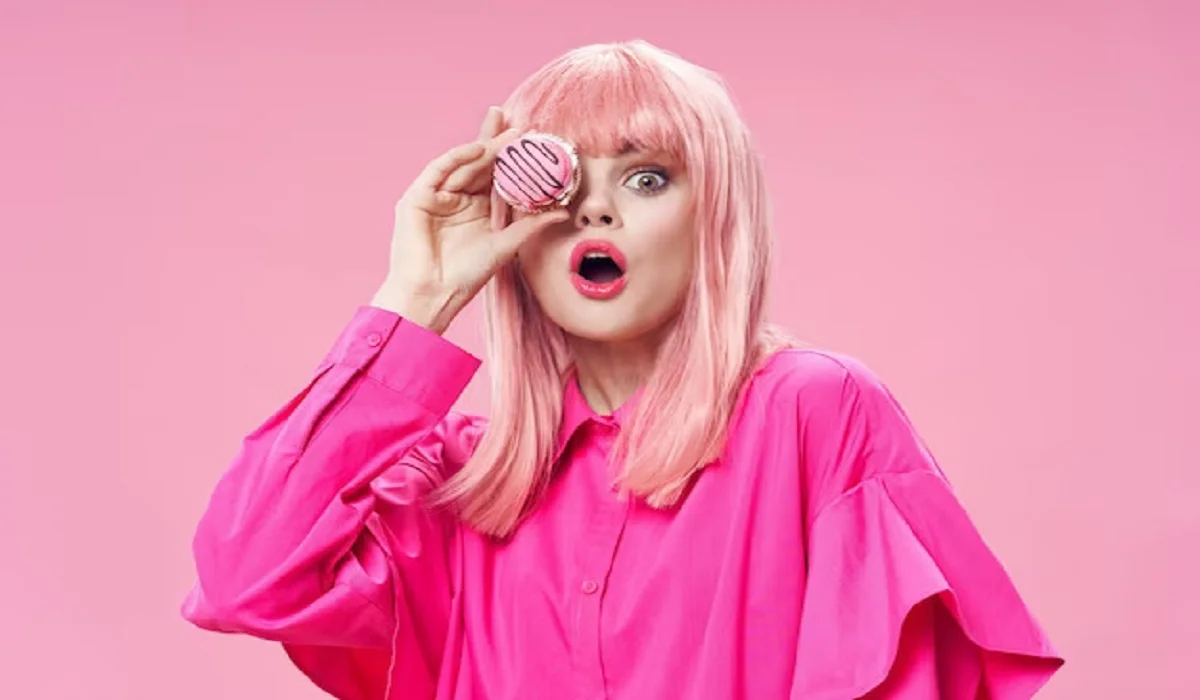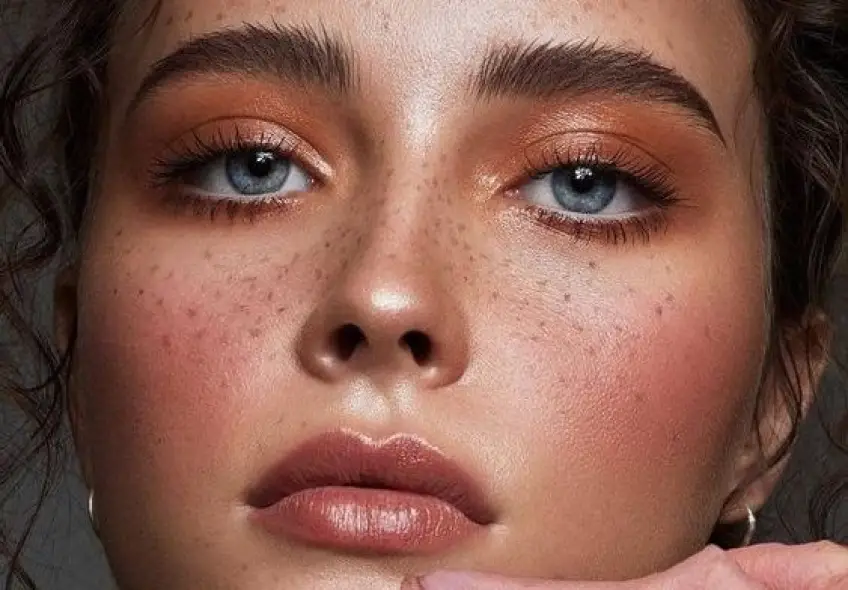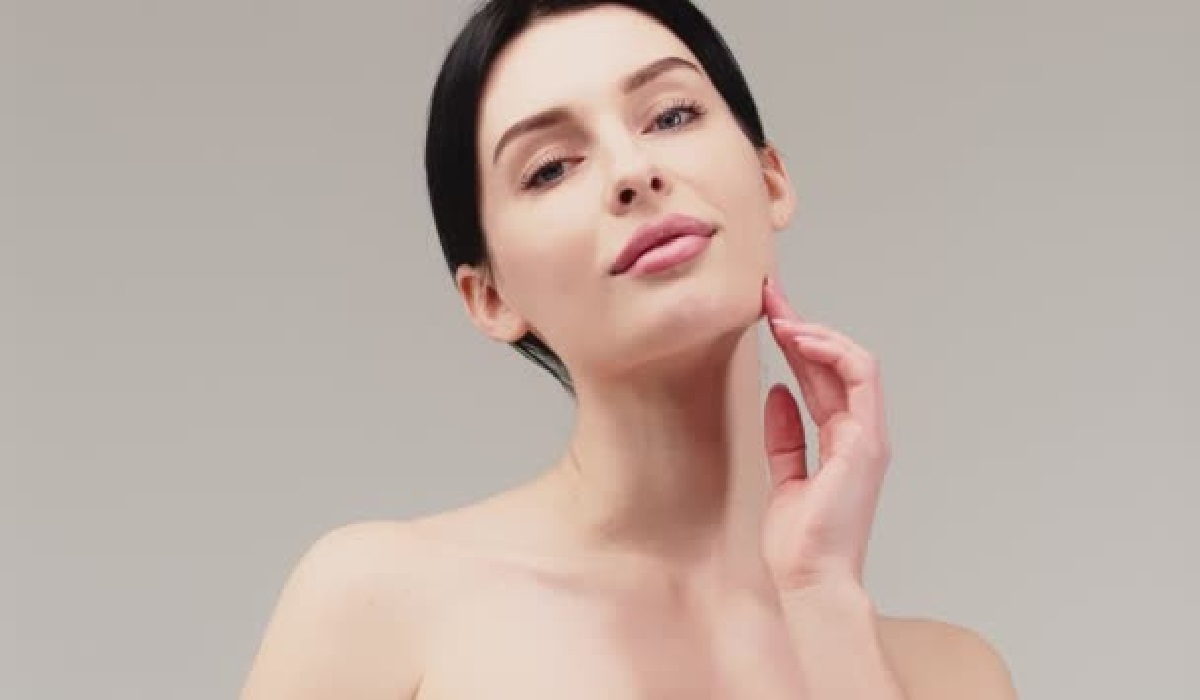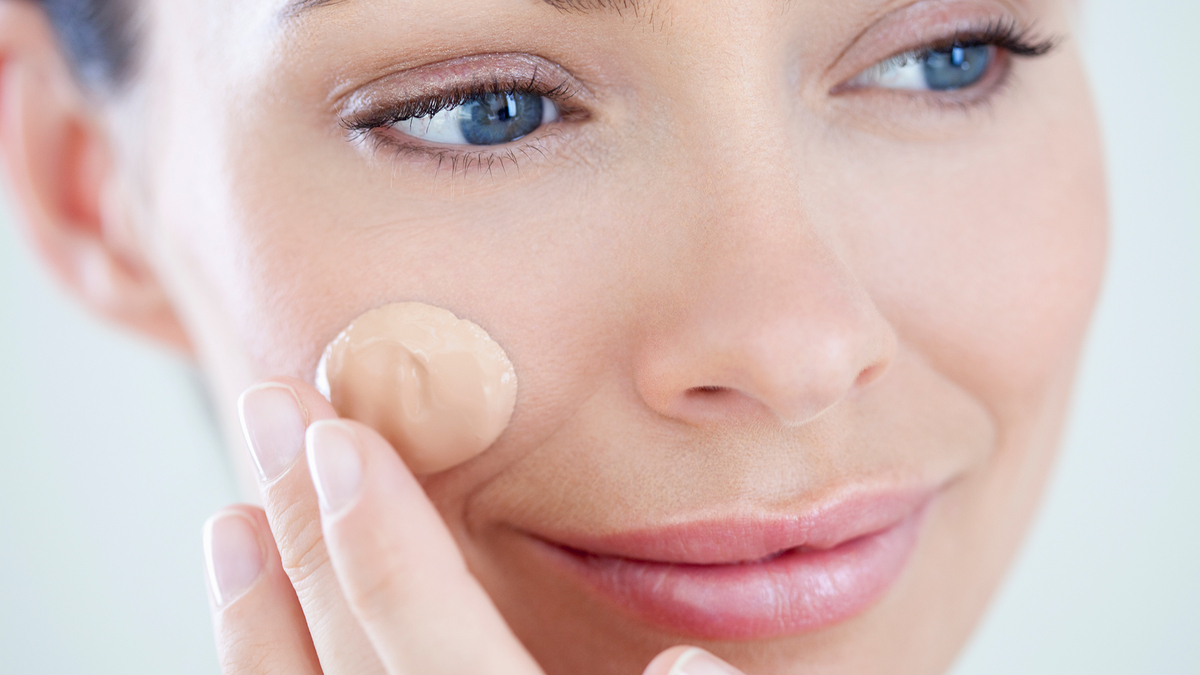Gua Sha has recently become a buzzword in the world of social media and the beauty industry, boasting compatibility with all skin types and the potential to achieve flawless skin contouring. If you’re looking to indulge in a skin treatment and update your skincare arsenal, continue reading to learn how to utilize Gua Sha.
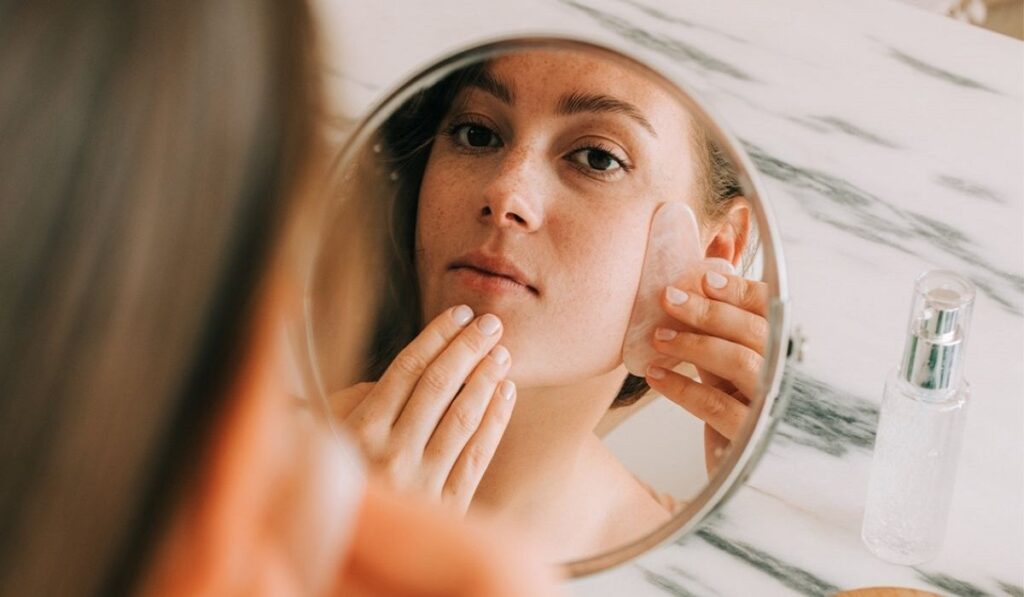
What Is Gua Sha?
Gua Sha is a flat, uniquely shaped tool reminiscent of a heart or cloud, crafted from semi-precious stones for use on the face and neck. Though its popularity online is a recent phenomenon, its roots stretch back to ancient China. The term Gua Sha combines “Gua” (scraping) and “Sha” (redness), referring to the technique’s ability to promote the skin’s self-healing by encouraging blood circulation through scraping.
How Did It Become Popular in the Beauty Industry?
In the past two to three years, Gua Sha has exploded on social media. Beauty experts and estheticians alike have praised tools such as jade rollers, skin rollers, and Gua Sha, creating a significant buzz, particularly among fans of K-beauty (Korean beauty).
The Skin Benefits of Gua Sha
Gua Sha offers numerous benefits, including lymphatic drainage for reducing swelling and puffiness, improving blood circulation to fade acne scars, rejuvenating dull and dark skin tones, diminishing fine lines and wrinkles, and sculpting the jawline for more defined facial features.
Step-by-Step Gua Sha Application Guide
Before starting your Gua Sha session, ensure both your skincare tool and your skin are clean. For an added cooling effect, place your Gua Sha in the refrigerator for two hours before use.
A Detailed Guide to Applying Gua Sha:
- Neck: Use the curved edge of the tool under your neck, massaging upwards towards the jawline without dragging the skin downwards.
- Throat: For this sensitive area, use the top edge of your tool to apply lighter pressure, moving upwards along the curve of your neck.
- Jawline: Position the tool sideways and use the heart-shaped end along your jawline, starting from the chin and moving towards the ear with firm pressure.
- Cheeks: Employ the longest edge of the Gua Sha to cover your cheeks or cheekbones, starting from the nose and pulling upwards towards the hairline with care.
- Under the Eyes: Use the long curve of the tool under your eye, applying gentle pressure and moving outwards towards the hairline. If the tool is too large for this area, consider a smaller size.
- Forehead: Lastly, use the long side of your Gua Sha, moving the tool upwards from just above your eyebrows towards the top of your head.
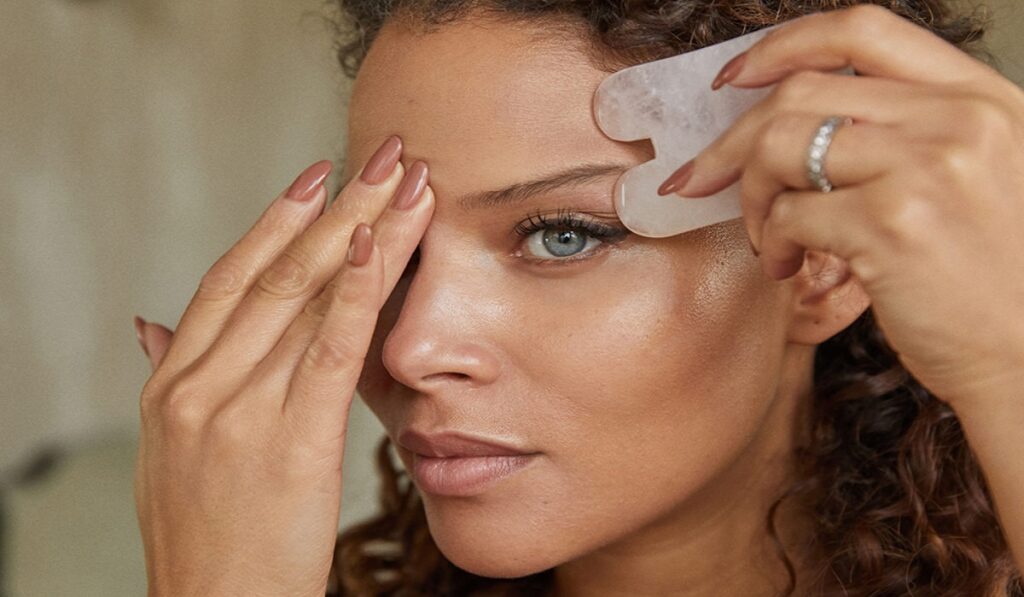
Frequency of Use:
Skincare experts recommend using the Gua Sha technique at least three times a week for optimal results. Most find performing this ritual at night before sleep to be the ideal timing.
Always clean your tool after each use to avoid skin issues like pimples or acne. Wash it with hot soapy water and dry with a towel.
Gua Sha promises clear cheekbones, a defined face, and an attractive jawline. This traditional Chinese technique has rightfully earned its place in modern beauty routines.
Here’s an expanded FAQ section on Gua Sha, providing a deeper dive into the most common questions surrounding this popular skincare technique.
What is Gua Sha?
Gua Sha is a traditional Chinese healing technique that involves scraping your skin with a massage tool to improve circulation. This ancient practice is known for its unique approach to enhancing skin health and is believed to have healing properties. The tools are typically made from semi-precious stones like jade or quartz and are designed to be used on the face and neck to promote lymphatic drainage, reduce puffiness, and improve skin tone and texture.
How does Gua Sha benefit the skin?
Gua Sha offers multiple benefits for the skin, including promoting lymphatic drainage to reduce swelling and puffiness, improving blood circulation to enhance skin vitality, reducing the appearance of fine lines and wrinkles, aiding in the healing of acne and acne scars by encouraging the movement of new blood to the surface of the skin, and providing a sculpted appearance by defining jawlines and cheekbones. Regular use can lead to visibly healthier, more radiant skin.
Can Gua Sha help with acne?
Yes, Gua Sha can help with acne to some extent. By improving blood circulation and promoting lymphatic drainage, it can reduce inflammation and support the skin’s natural healing processes. However, it’s important to use gentle pressure and avoid active acne breakouts to prevent further irritation.
Is Gua Sha suitable for all skin types?
Gua Sha is suitable for most skin types, including sensitive skin. The key is to adjust the pressure applied during the massage to suit your skin’s sensitivity levels. However, individuals with certain skin conditions, such as rosacea, eczema, or psoriasis, should consult with a dermatologist before starting Gua Sha to avoid any potential adverse effects.
How often should you perform Gua Sha?
For optimal results, it’s recommended to perform Gua Sha two to three times a week. This allows the skin to experience the benefits of improved circulation and lymphatic drainage without causing overstimulation or irritation.
Can Gua Sha replace other skincare tools or routines?
While Gua Sha can be a valuable addition to your skincare routine, it should not be viewed as a replacement for other skincare practices. It’s best used in conjunction with a comprehensive skincare regimen that includes cleansing, moisturizing, and sun protection. Gua Sha complements these routines by enhancing skin health and appearance from a different angle.
Are there any risks associated with Gua Sha?
When performed correctly, Gua Sha is generally safe. However, applying too much pressure can lead to bruising or irritation, especially on sensitive skin. It’s crucial to use the tool gently and follow proper techniques. Additionally, those with certain medical conditions or skin infections should avoid Gua Sha or consult with a healthcare professional beforehand.
By incorporating Gua Sha into your skincare routine and following these guidelines, you can enjoy the myriad benefits this traditional technique has to offer, resulting in a healthier, more youthful-looking complexion.

